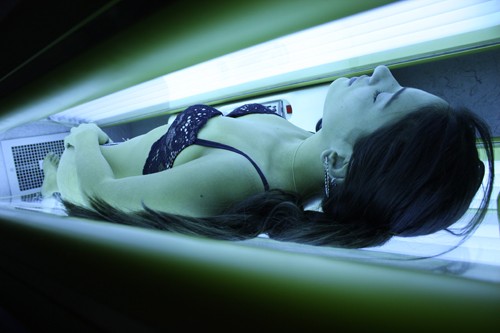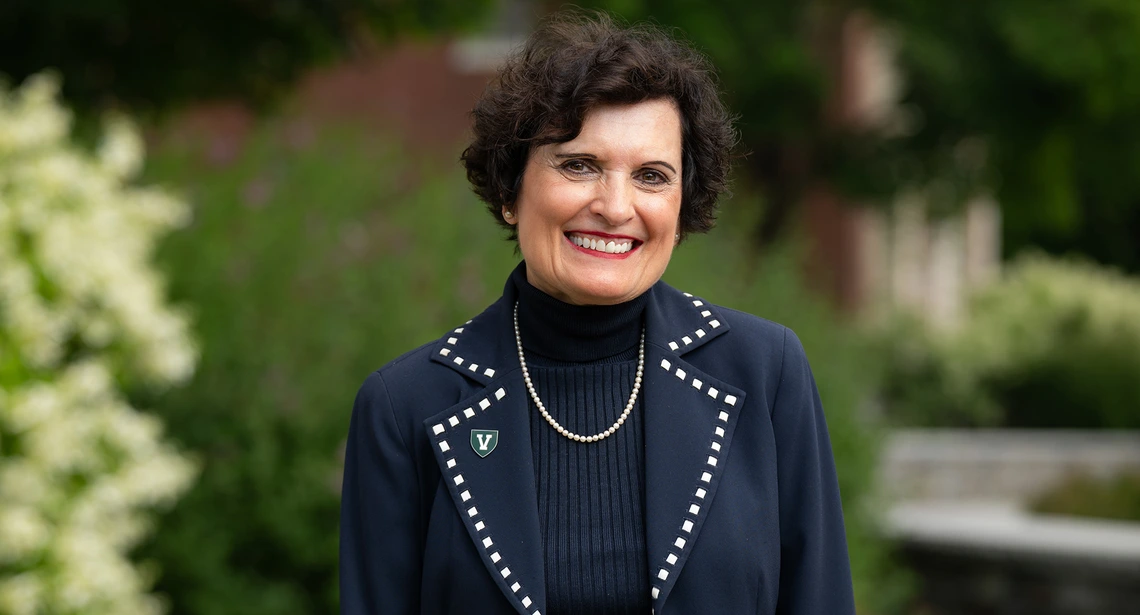Students say tanning beds provide them with a short-term way to achieve the bronzed look they desire, but not without long-term health effects, experts say.
“”I don’t like looking pasty,”” pre-business freshman Ari Marcus said. “”I could do worse things; I don’t smoke.””
“”Young women want to be tanned. They like the appearance,”” said Lois Loescher, director of Education and Behavior Research at the Skin Cancer Institute at the Arizona Cancer Center. “”I think part of the thinking behind the full-body exposure is that you’re tan all over, you don’t have tan lines. I think that has some element of attractiveness to it.””
Students say they typically turn to the beds for special occasions like prom or other formal events. There is also the common misconception that it is better to get a “”base”” tan before going to the beach to protect against severe sunburn.
“”I know the risks of it. I usually wear a ton of sunscreen when I go … so I guess it kind of defeats the purpose,”” pre-physiology freshman Carly Schmidgall said, “”I’m a lifeguard in the summer, and … I hate how pale I get in the winter, so I decided I might as well just try it.””
The International Agency for Research on Cancer placed UV tanning beds in its highest risk category in July 2009 — establishing them as being just as deadly as cigarettes.
The agency has also reported that using tanning devices before age 30 increases the risk of melanoma by 75 percent. Despite these statistics, the Skin Cancer Foundation revealed that tanning bed use is increasing, especially among young women.
“”People always believe that warnings are meant for somebody else,”” Daniel King, a physician’s assistant at Specialists in Dermatology in Tucson, said.
The foundation claims that the tanning industry falsely argues UV exposure releases a healthy dose of vitamin D in the skin, which helps the body protect itself from breast, prostate and colon cancers in addition to other diseases. The UV from the sun also causes vitamin D production, but experts say that does not make sun bathing any safer.
“”Neither one is safe,”” King said. “”It really depends a lot on the types of tubes that they use in the tanning beds. My opinion is, it’s a wash either way.””
According to King, the skin on a person’s rear end is their normal skin color. Any skin darker than that has been damaged by UV radiation.
“”Tanning beds produce the wavelengths of light that can cause cancer,”” he said. “”(Which are) UV radiation, which is what tanning beds actually give you,”” he added.
The Food and Drug Administration shares the responsibility of regulating tanning equipment with the Federal Trade Commission. The National Tanning Training Institute claims that the FDA “”does not have the personnel to perform many inspections”” so it has “”fallen to the states to create and enforce a regulatory system.””
The institute reports that not all states implement regulations for tanning salons, but Arizona is among the 27 that do. Salons are required to follow certain regulations, such as how often customers may tan, enforcing use of protective eyewear and alerting clients of the health risks associated with tanning.
Sun bathing outside seems to be the obvious alternative to a tanning bed, but many people believe that going to a salon is more convenient. They find that the bed allows them to tan quickly, and, because all clothing can be removed, more efficiently.
“”You expose 95 to 100 percent of your skin, versus when you’re outside you do have a lot less skin exposed,”” Loescher said. “”And what people don’t understand, too, is it’s not just the skin cancer risk that increases; it also accelerates the aging of the skin to be in a tanning bed.””
The FDA states that “”sunlamps may be more dangerous than the sun because they can be used at the same intensity every day of the year”” and also because “”people can expose their entire bodies at each session, which would be difficult to do outdoors.””
“”There are just as big of risks tanning outside, so I think certain bodies and certain people can’t tan as well outside, so this is a quicker option to outdoor tanning,”” family studies and pre-nursing sophomore Jenna Kelley, an employee at a local tanning salon, said.
King believes that our society associates tan skin with beauty and has for many years, which is why people ignore warnings and continue to tan.
“”The odds of getting any kind of cancer is the same inside or outside,”” Kelley said. “”You only live once so personally I’d rather just do what I want now.””








